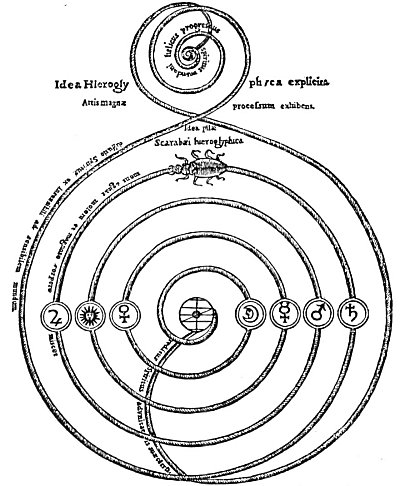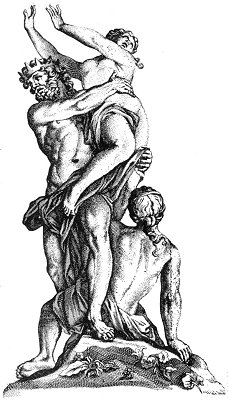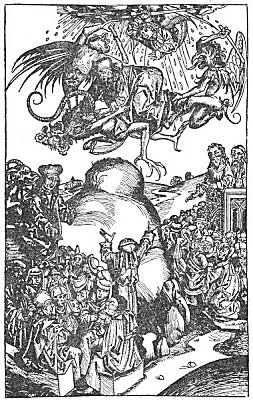Though regarded by many writers of the Middle Ages as actual living creatures, none of these–the pelican excepted–ever existed outside the symbolism of the Mysteries. Possibly they originated in rumors of animals then little known. In the temple, however, they became a reality, for there they signified the manifold characteristics of man’s nature. The mantichora had certain points in common with the hyena; the unicorn may have been the single-horned rhinoceros. To the student of the secret wisdom these composite animals. and birds simply represent various forces working in the invisible worlds. This is a point which nearly all writers on the subject of mediæval monsters seem to have overlooked. (See Vlyssis Aldrovandi’s Monstrorum Historia, 1642, and Physica Curiosa, by P. Gaspare Schotto, 1697.)
There are also legends to the effect that long before the appearance of human beings there existed a race or species of composite creatures which was destroyed by the gods. The temples of antiquity preserved their own historical records and possessed information concerning the prehistoric world that has never been revealed to the uninitiated. According to these records, the human race evolved from a species of creature that partook somewhat of the nature of an amphibian, for at that time primitive man had the gills of a fish and was partly covered with scales. To a limited degree, the human embryo demonstrates the possibility of such a condition. As a result of the theory of man’s origin in water, the fish was looked upon as the progenitor of the human family. This gave rise to the ichthyolatry of the Chaldeans, Phœnicians, and Brahmins. The American Indians believe that the waters of lakes, rivers, and oceans are inhabited by a mysterious people, the “Water Indians.”
The fish has been used as an emblem of damnation; but among the Chinese it typified contentment and good fortune, and fishes appear on many of their coins. When Typhon, or Set, the Egyptian evil genius, had divided the body of the god Osiris into fourteen parts, he cast one part into the river Nile, where, according to Plutarch, it was devoured by three fishes–the lepidotus (probably the lepidosiren), the phagrus, and the oxyrynchus (a form of pike). For this reason the Egyptians would not eat the flesh of these fishes, believing that to do so would be to devour the body of their god. When used as a symbol of evil, the fish represented the earth (man’s lower nature) and the tomb (the sepulcher of the Mysteries). Thus was Jonah three days in the belly of the “great fish,” as Christ was three days in the tomb.
Several early church fathers believed that the “whale” which swallowed Jonah was the symbol of God the Father, who, when the hapless prophet was thrown overboard, accepted Jonah into His own nature until a place of safety was reached. The story of Jonah is really a legend of initiation into the Mysteries, and the “great fish” represents the darkness of ignorance which engulfs man when he is thrown over the side of the ship (is born) into the sea (life). The custom of building ships in the form of fishes or birds, common in ancient times, could give rise to the story, and mayhap Jonah was merely picked up by
THE FIRST INCARNATION, OR MATSYA AVATAR, OF VISHNU.
From Picart’s Religious Ceremonials. The fish has often been associated with the World Saviors. Vishnu, the Hindu Redeemer, who takes upon himself ten forms for the redemption of the universe, was expelled from the mouth of a fish in his first incarnation. Isis, while nursing the infant Horus, is often shown with a fish on her headdress. Oannes, the Chaldean Savior (borrowed from the Brahmins), is depicted with the head and body of a fish, from which his human form protrudes at various points. Jesus was often symbolized by a fish. He told His disciples that they should became “fishers of men.” The sign of the fish was also the first monogram of the Christians. The mysterious Greek name of Jesus, ΙΧΘΥΣ, means “a fish.” The fish was accepted as a symbol of the Christ by a number of early canonized church fathers. St. Augustine likened the Christ to a fish that had been broiled, and it was also pointed out that the flesh of that Fish was the food of righteous and holy men.

Moe is the founder of GnosticWarrior.com. He is a father, husband, author, martial arts black belt, and an expert in Gnosticism, the occult, and esotericism.

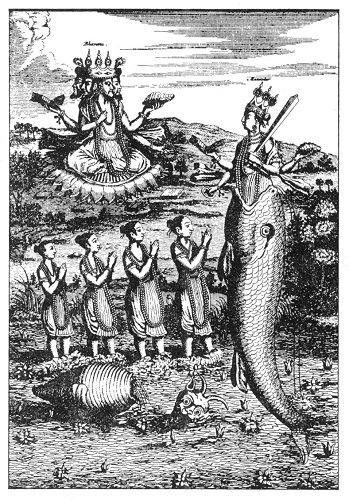
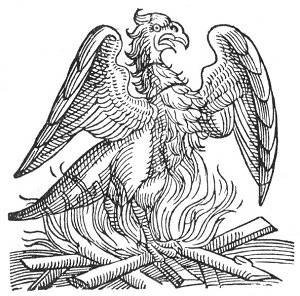
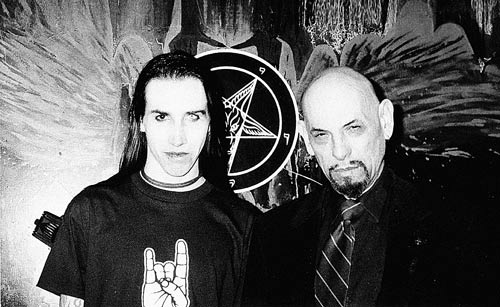


![How a little boy, dying in the same monastery, called upon a virgin that was to follow him; and how another nun, at the point of leaving her body, saw some small part of the future glory [675 A. D.?] | Book 4 | Chapter 8 How a little boy, dying in the same monastery, called upon a virgin that was to follow him; and how another nun, at the point of leaving her body, saw some small part of the future glory [675 A. D.?] | Book 4 | Chapter 8](https://www.gnosticwarrior.com/wp-content/plugins/contextual-related-posts/default.png)
